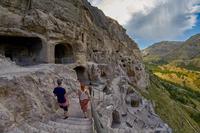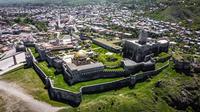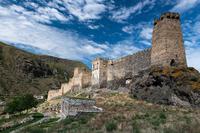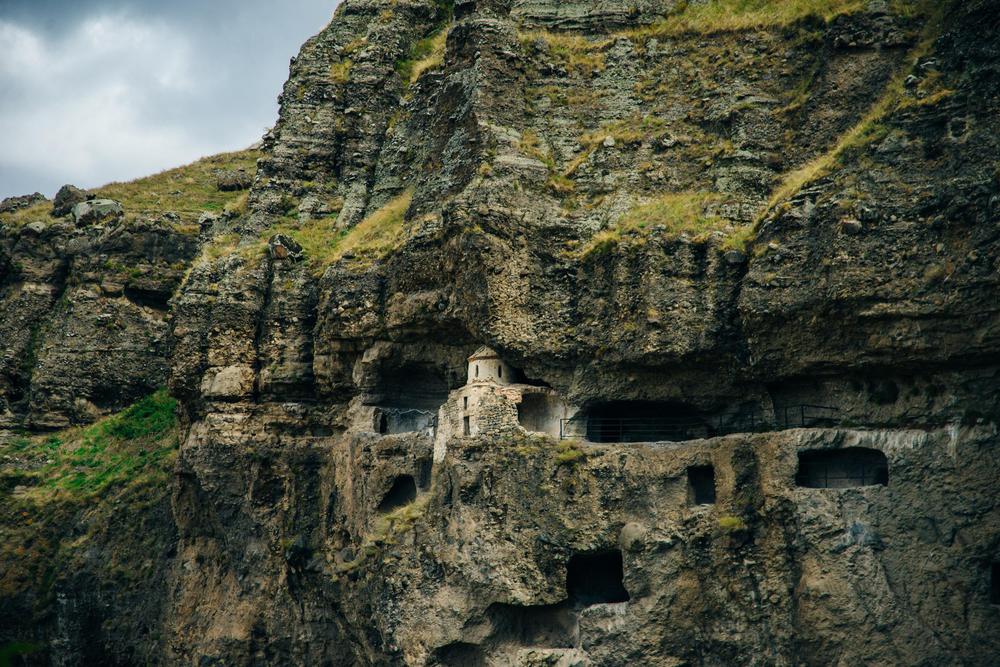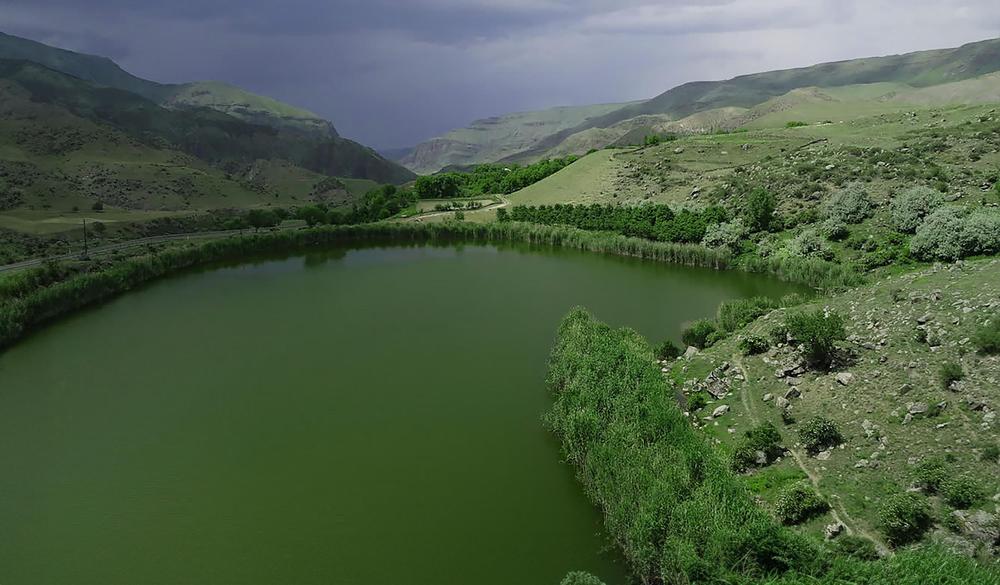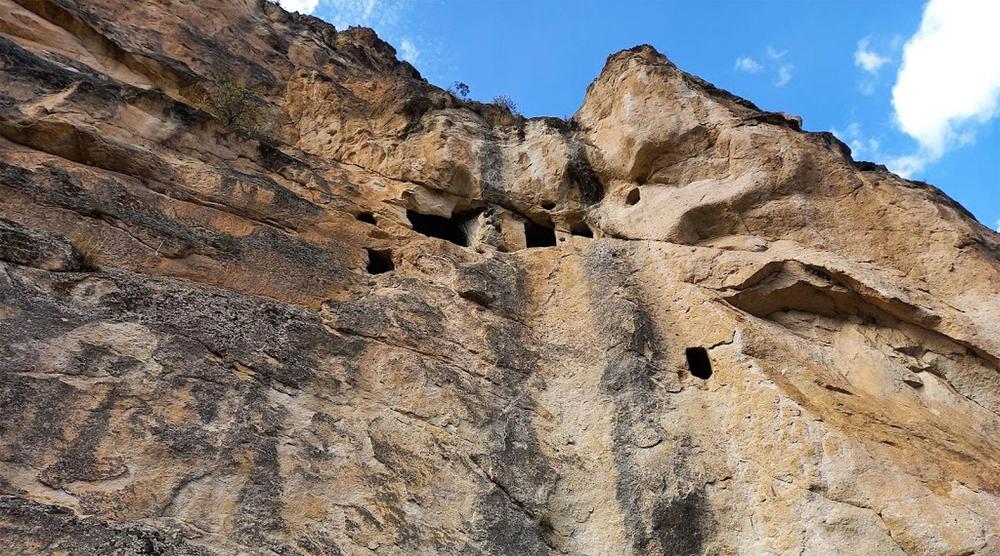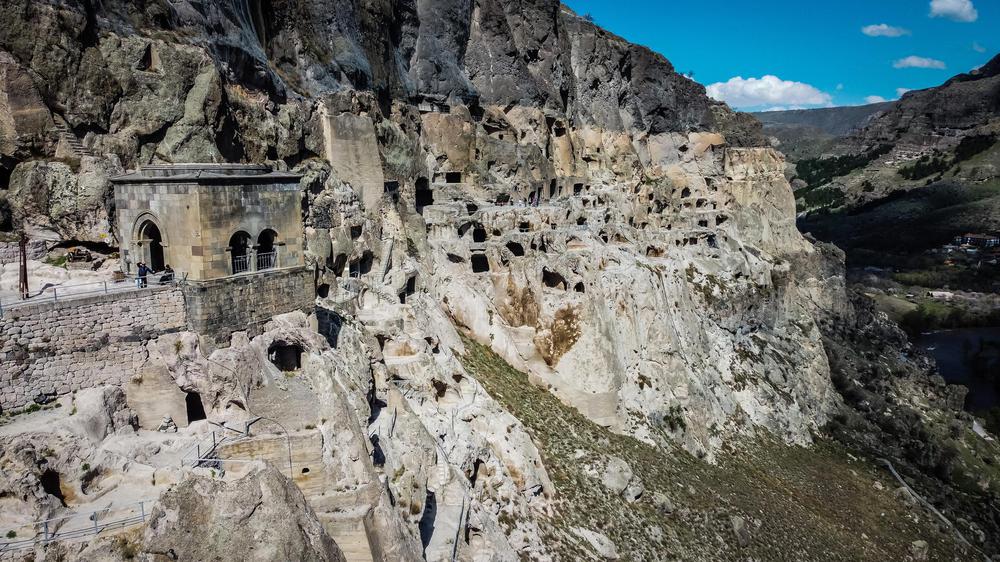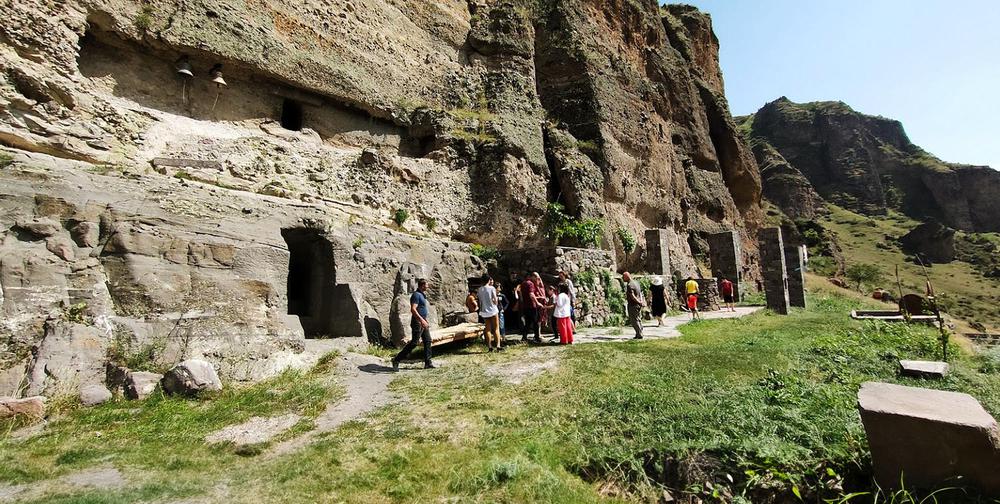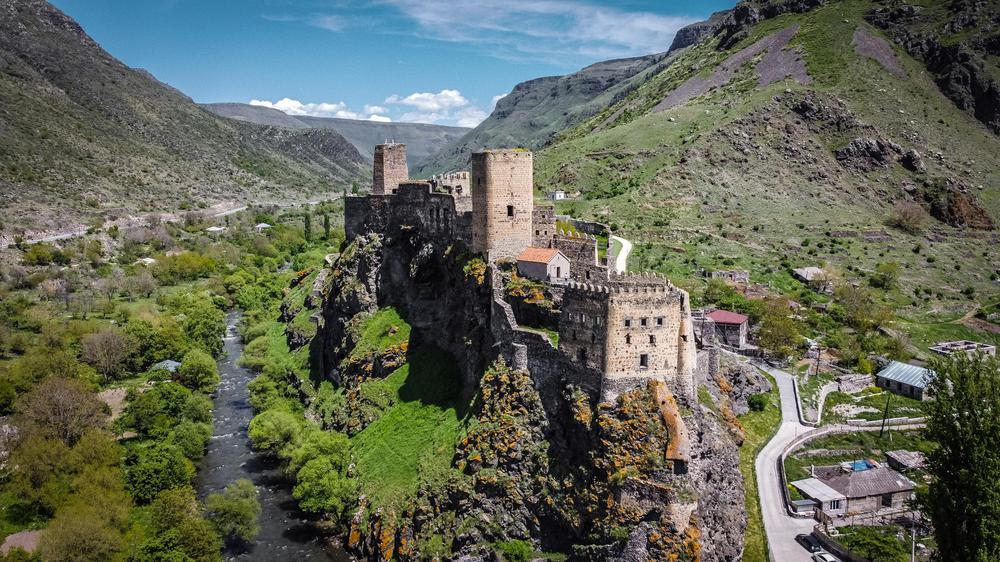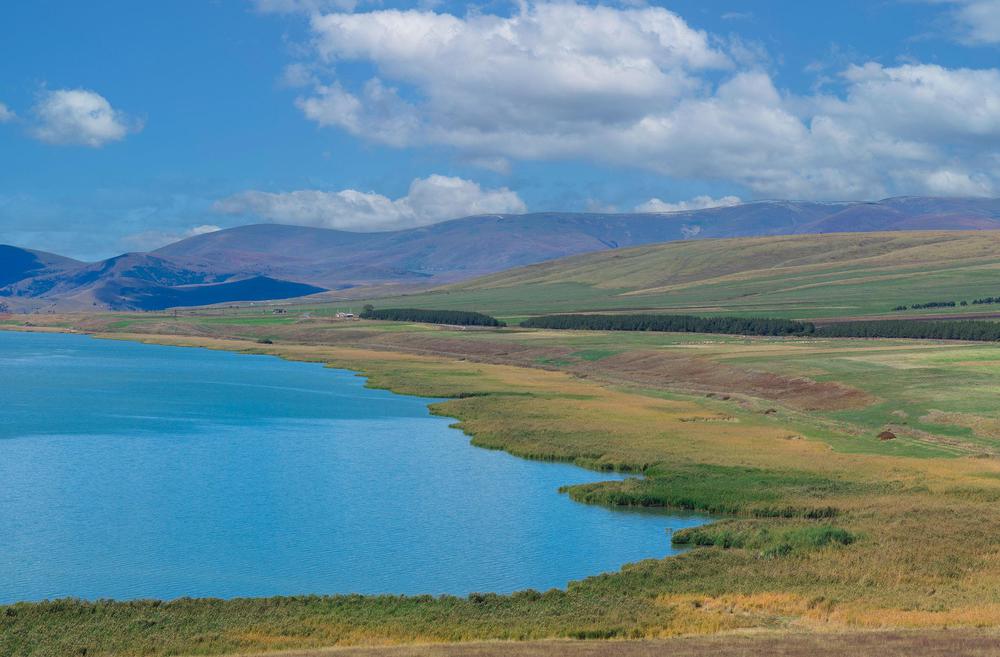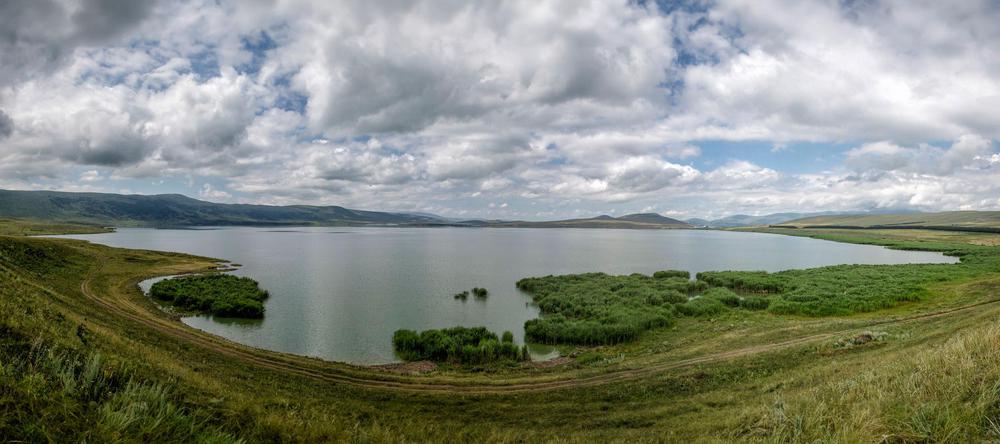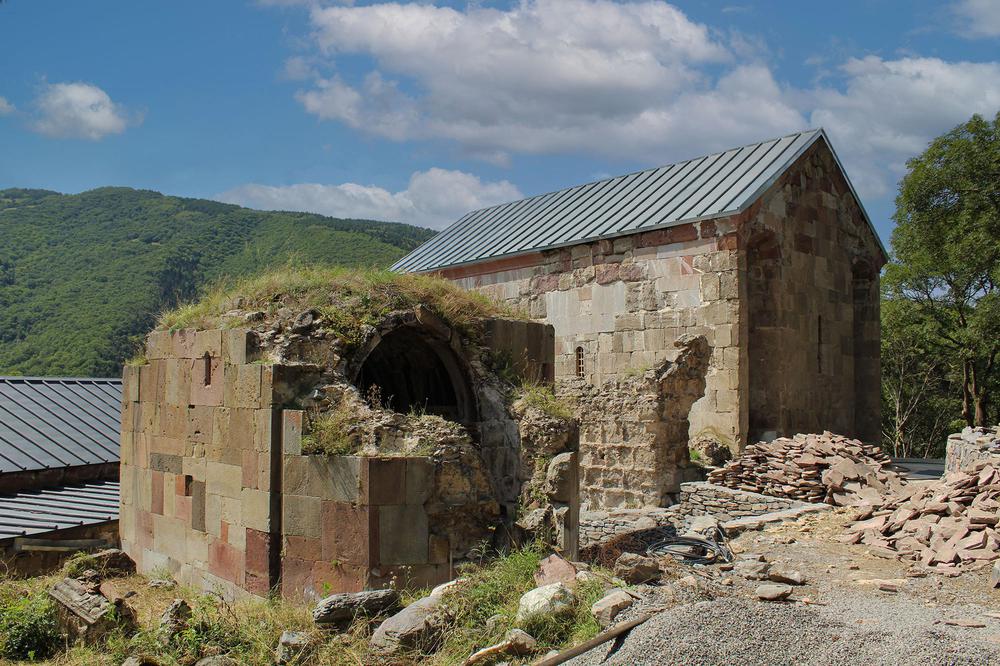Situated in Georgia's southern region of Samtskhe-Javakheti, Tmogvi Fortress, also known as Tmkaberd, boasts of a rich tapestry of history. Overlooking the left bank of the Kura (Mtkvari) River, its ruins stand as a testament to the region's vibrant past, painting an enduring portrait of medieval life in Georgia.
The name "Tmogvi" finds its roots in the Georgian word "mogvi", meaning "pagan priest" or "magus". Dating back to the 9th century, this fortress served as a crucial defensive structure, protecting the significant trade route between the Javakheti plateau and the Kura River's gorge. It held immense military significance for the Bagratid lords, the Georgian branch, who fought valiantly to defend it from numerous capture attempts.
Tmogvi Fortress saw a surge in prominence after the neighboring fortress of Tsunda met with ruin around 900 AD. Known for its resilience, it withstood the onslaught of Yusuf ibn Abi'l-Saj in 914 and gradually fell under the direct control of the unified Kingdom of Georgia by the start of the 11th century.
In its heyday, Tmogvi Fortress was a bustling town that witnessed the rule of many Georgian feudal families, including the Toreli, Tmogveli, Shalikashvili, and Jaqeli. However, the fortress was no stranger to calamities. A devastating earthquake in 1088 led to its collapse, claiming the lives of its ruler Kakhaber and his wife. Yet, the fortress rose from the ashes, flourishing once again under Sargis-Mkhargrdzeli's rule in the 12th century, after Queen Tamar gifted it to him. Sargis Tmogveli, a renowned writer, poet, and philosopher, was one of the most notable figures from Tmogvi.
Architecturally, Tmogvi Fortress is a sight to behold. Built atop a nearly inaccessible mountain, it stood over 150 meters long and 3 meters wide, expanding across three hills and encased by a fortified wall. This served to supplement the natural defense provided by the surrounding cliffs. The fortress boasted a secret tunnel connecting it to the river, ensuring access to water during a siege, and two reservoirs accumulating water within its walls. While remnants of its once grand structures can be spotted within the fortress, the nearby ruins of Saint Ephrem church, with its 13th-century frescoes, offer a glimpse into its religious past.
Tmogvi Fortress holds a significant place in literature and art, featuring prominently in the works of Armenia's national poet Hovhannes Tumanyan and Russian poet Sophia Parnok. It also served as the inspiration for the "Almast" opera by Soviet-Armenian composer Alexander Spendiaryan.
Today, Tmogvi Fortress stands as an emblem of Georgia's historical resilience. It's a must-visit for anyone intrigued by medieval architecture, intrigued by the captivating narrative of survival and regeneration that its ruins whisper to this day.

